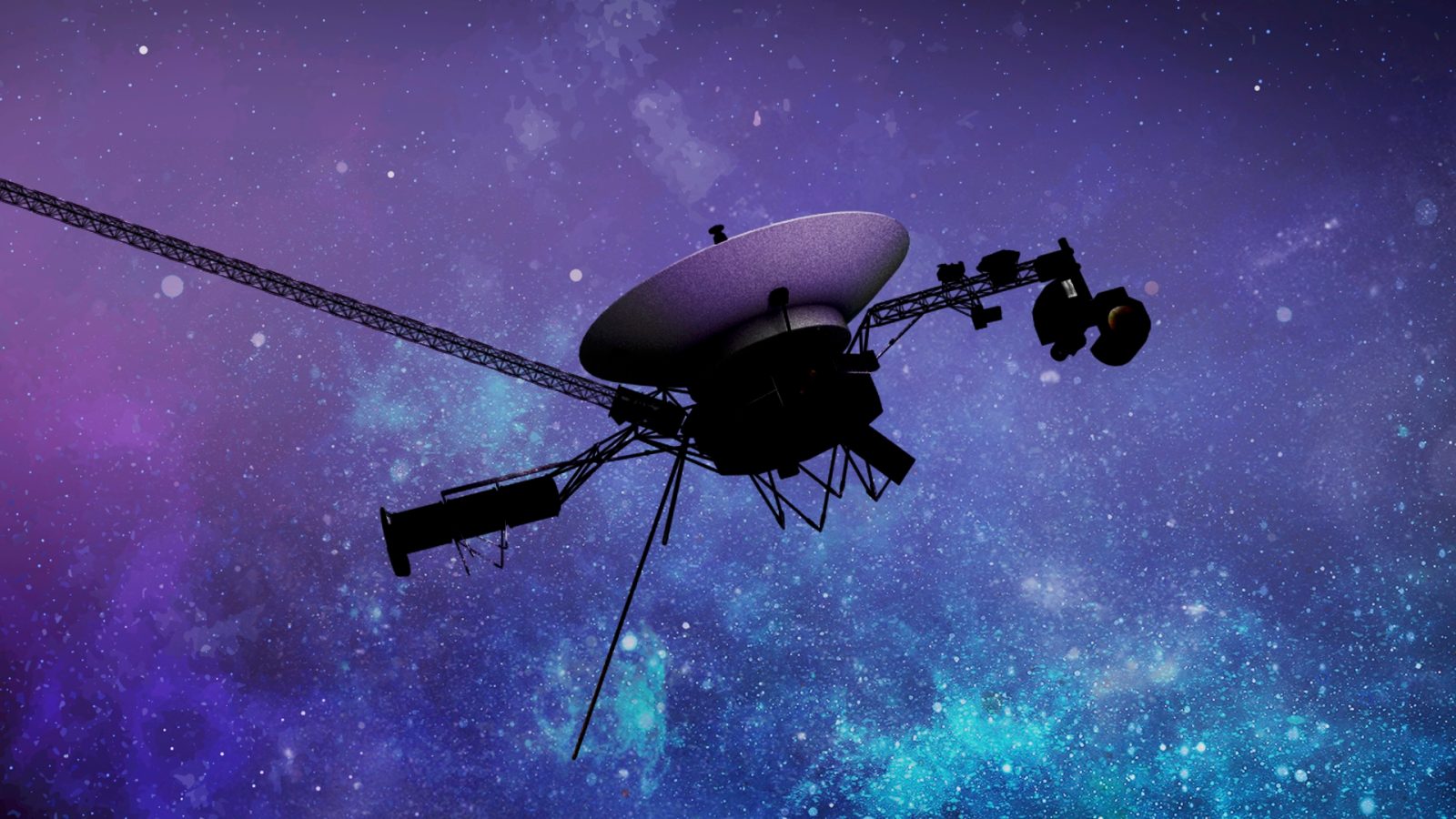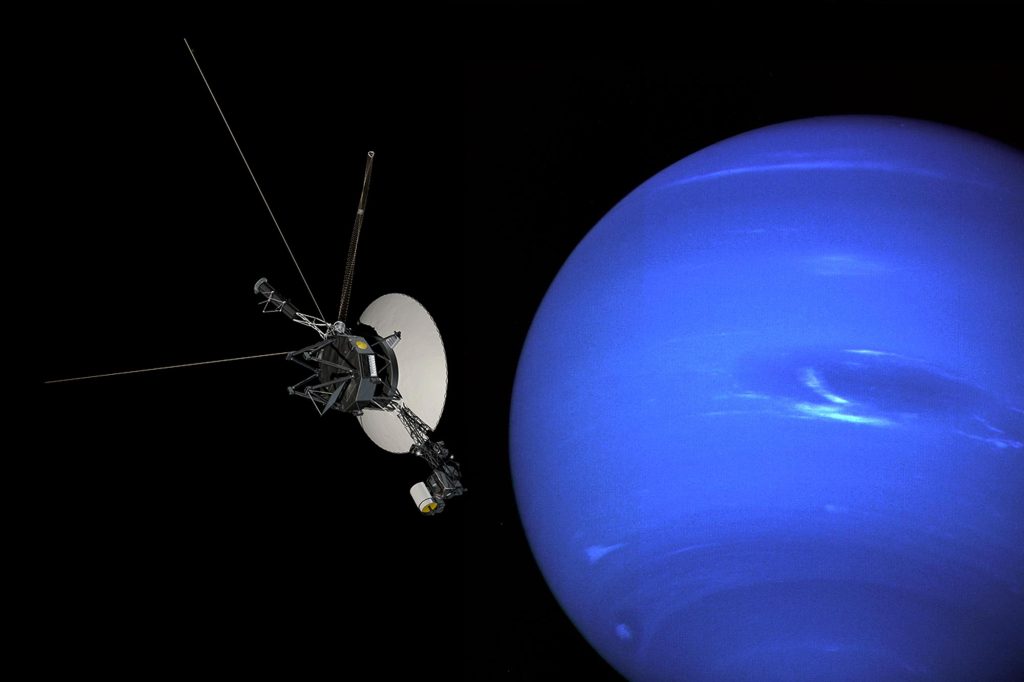
NASA says it has detected a “heartbeat signal” from Voyager 2 after a wrong command caused the spacecraft to turn its antenna 2 degrees away from the direction of Earth.
On Friday, NASA’s Voyager 2, traveling some 12.3 billion miles from Earth in a region outside the Solar System, lost contact with controllers. The space agency stated this occurred after “a series of planned commands” unintentionally caused the 47-year-old spacecraft to shift its antenna two degrees from Earth.
The disruption of communication occurred between the spacecraft and NASA’s Deep Space Network (DSN), which consists of three radio antennas equidistantly positioned around the planet. This very network is also responsible for handling comms for Curiosity and Perseverance rover, as well as satellites around Mars and the Moon.

While this might seem like a colossal error, NASA engineers are unworried if they can’t find Voyager 2, as it would systematically enter a routine repositioning process in October.
Now it appears that we may not have to wait.
In a tweet, NASA’s JPL stated, “The Deep Space Network has picked up a carrier signal from @NASAVoyager 2 during its regular scan of the sky. A bit like hearing the spacecraft’s “heartbeat,” it confirms the spacecraft is still broadcasting, which engineers expected.”
This newly found “heartbeat” signal is helpful for two reasons. For starters, it helps confirm the spacecraft is functioning correctly and something catastrophic hasn’t occurred. Secondly, engineers can now attempt to pinpoint Voyager 2 and send commands to reposition its antenna to be Earth-facing.
We’ll continue to update this post as the story develops.
FTC: We use income earning auto affiliate links. More.




Comments